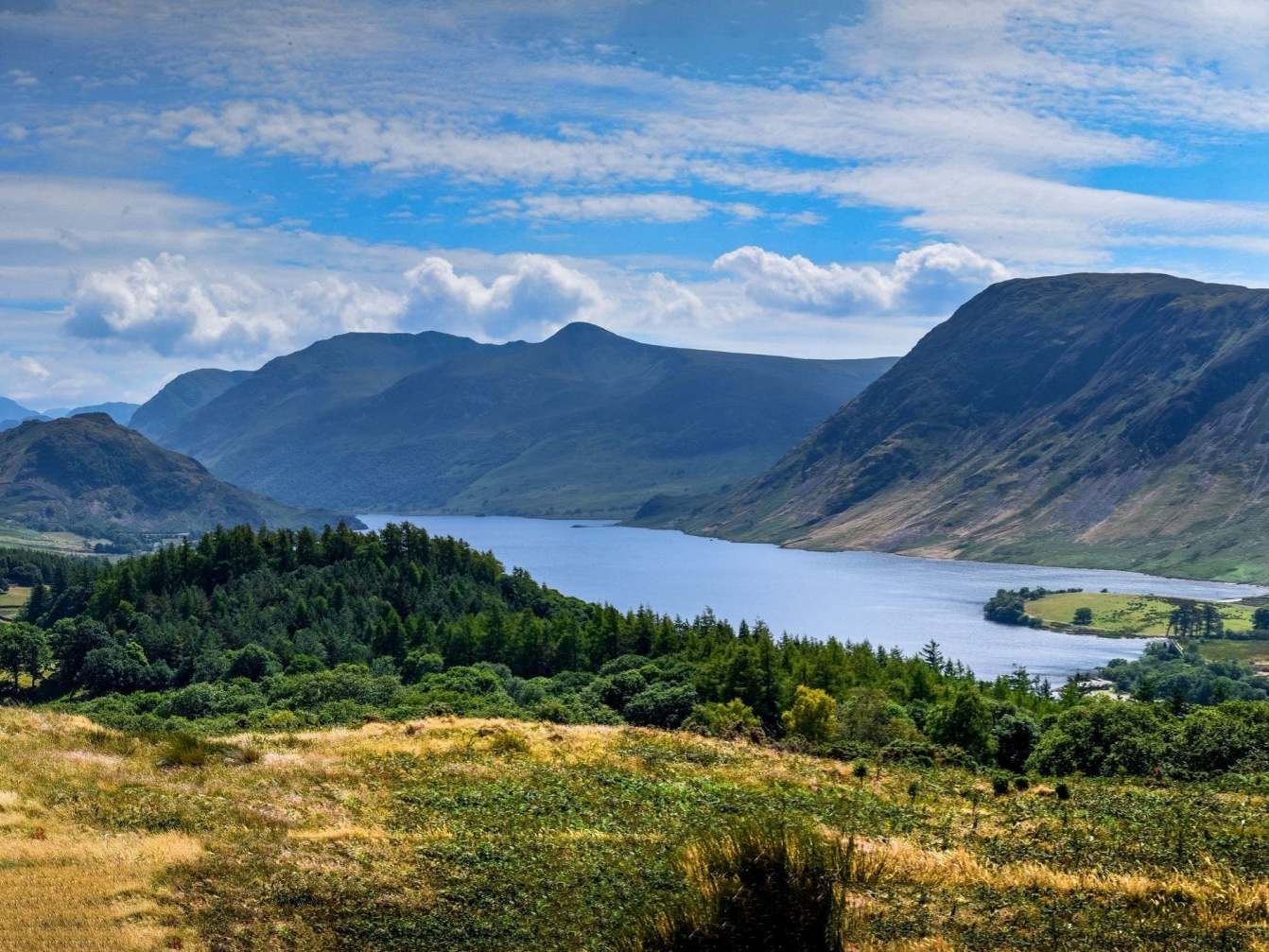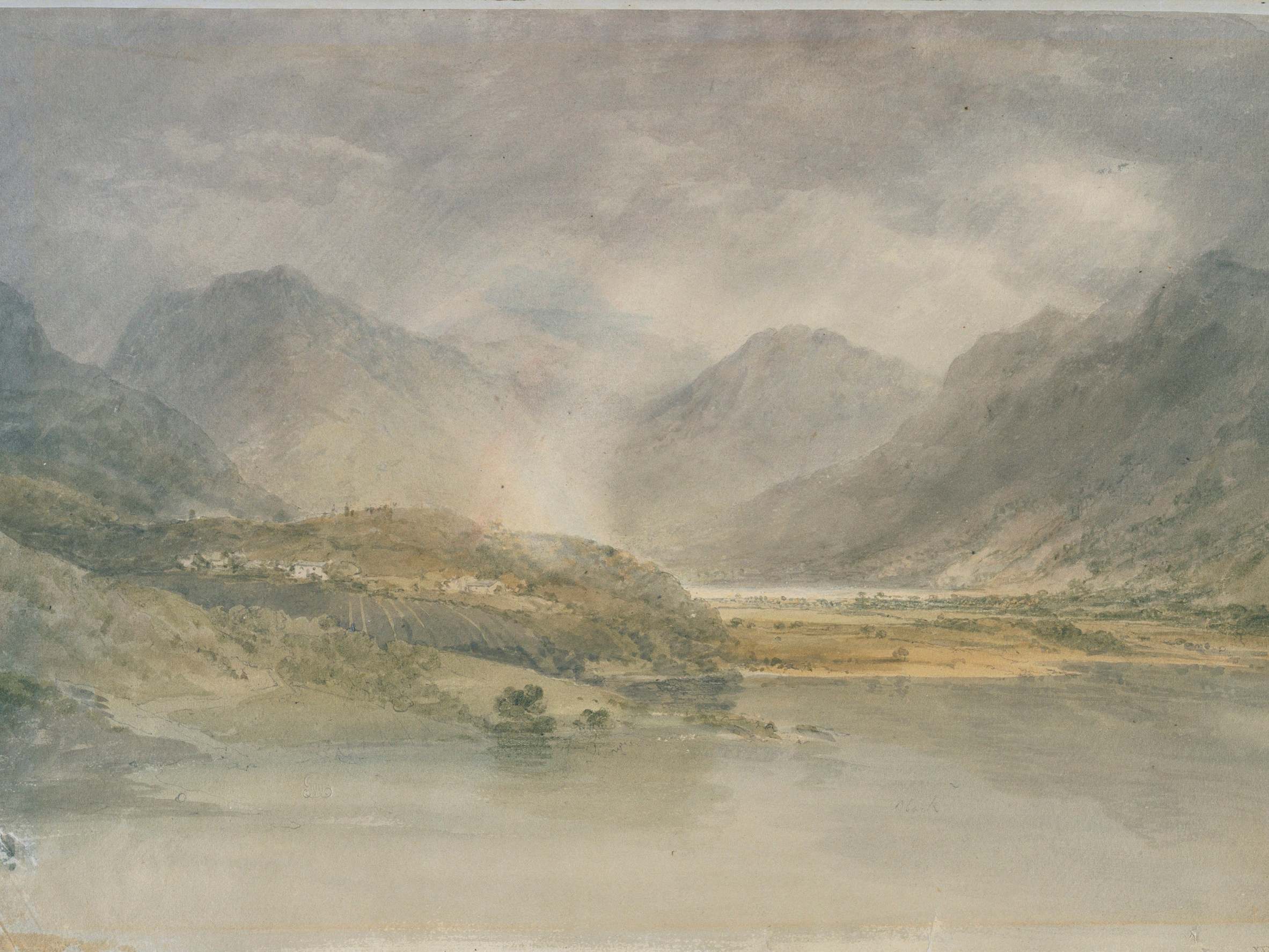Lake District viewpoint that inspired JMW Turner to be opened to public by National Trust
Trust buys well-loved area for £202,000 to improve public access to landscape

Your support helps us to tell the story
From reproductive rights to climate change to Big Tech, The Independent is on the ground when the story is developing. Whether it's investigating the financials of Elon Musk's pro-Trump PAC or producing our latest documentary, 'The A Word', which shines a light on the American women fighting for reproductive rights, we know how important it is to parse out the facts from the messaging.
At such a critical moment in US history, we need reporters on the ground. Your donation allows us to keep sending journalists to speak to both sides of the story.
The Independent is trusted by Americans across the entire political spectrum. And unlike many other quality news outlets, we choose not to lock Americans out of our reporting and analysis with paywalls. We believe quality journalism should be available to everyone, paid for by those who can afford it.
Your support makes all the difference.A Lake District viewpoint immortalised by the artist JMW Turner is to be opened up to the public after being acquired by the National Trust.
Brackenthwaite Hows was a popular spot with Lake District tourists in Georgian and Victorian times, and the view from the hill was captured by the young Turner in a watercolour on his first visit to the Lake District in 1797.
Today, it is a well-loved landscape, renowned for its views and areas of woodland and heathland rich in bluebells, wildflowers and wildlife, including rare red squirrels, the Trust said.
Now, the organisation has purchased the 77 acres of land at Brackenthwaite for £202,000, with a third of the value of the sale being donated back to the charity by one of the previous owners.
The Trust has pledged to preserve the landscape in the heart of the Lake District World Heritage Site, respecting its history, encouraging nature and improving access to the area.
Turner turned to landscape painting at the age of 17, in 1793, looking for inspiration at home in the UK, including the Lakes, before travelling abroad through Europe.
His 1797 watercolour Crummock Water Looking Towards Buttermere from the viewpoint formed the basis of a later oil painting of the dramatic vista.
Tom Burditt, general manager for the National Trust in the North Lakes, said the organisation would explore ways to improve access routes to the historic viewing station.
"We know it was visited by Turner and formed a popular stopping off point for early Lake District tourists in the Georgian and Victorian eras," he said.
"We'll work hard to support this area of high cultural and ecological importance, which neighbours woodland, fells and lakes that we already look after.
"We plan to maintain its mosaic of veteran and younger trees and heathland habitats which provide a haven for rare birds, bluebells and red squirrels."
The land that the Trust has bought, which includes parts of Lanthwaite Wood as well as Brackenthwaite Hows, was previously in multiple ownership and two of the owners, Ruth and David Hill, have gifted their share to the Trust.

They said: "We have owned and cared for a share of Brackenthwaite Hows since 1990.
"During that time, we were privileged to maintain the property and walk this magical summit in all seasons.
"We always wanted the National Trust to look after the property as we felt they would be the best possible custodian of its heritage."
And they added: "We would encourage others to consider the wider benefits of giving such properties to be cared for on behalf of the nation, so the natural beauty can be preserved."
PA
Join our commenting forum
Join thought-provoking conversations, follow other Independent readers and see their replies
Comments